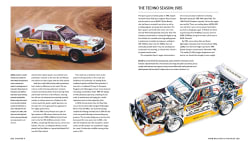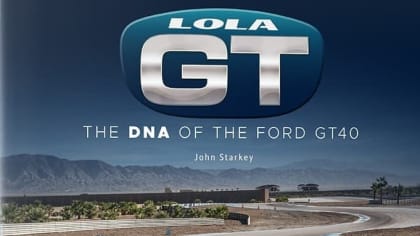Review: Freewaytopia
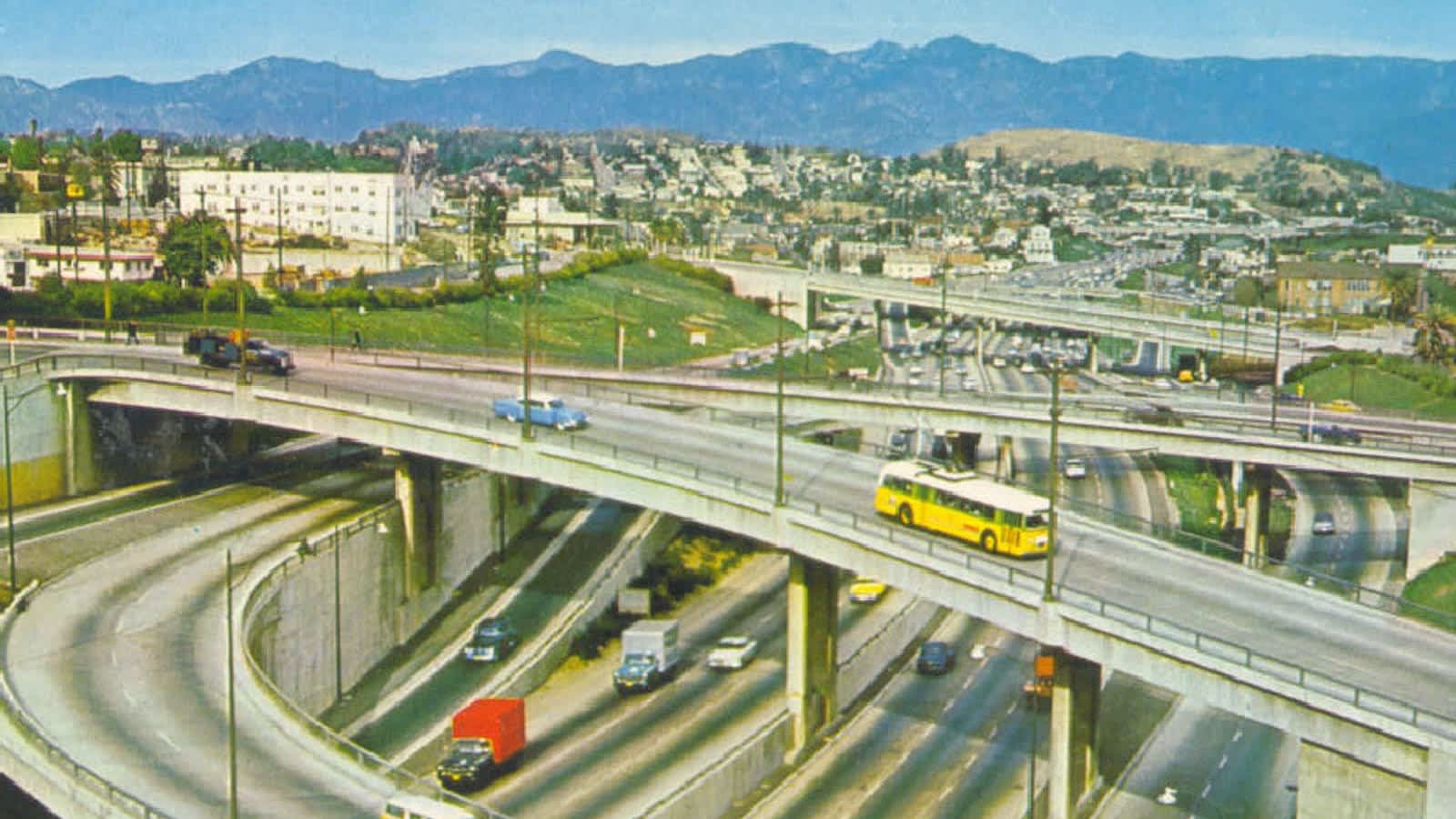
How Freeways Shaped Los Angeles
The 110, The 101, The 5, The 210, The 405, The 10, and The 105... Do you know them all?
By Susie Ling
Mon, Aug 29, 2022 11:02 AM PST
Featured Image: A part of the cover of the book: Freewaytopia by Paul Haddad (source: the publishers)
Freewaytopia. An oxymoron? Paul Haddad’s title for his 2022 book perfectly describes our relationship with Los Angeles’ vascular system: we love it and we hate it, we need it but not near my backyard, please. In 12 chapters, Haggards chronicles the history and uniqueness of 12 out of the 24 freeways in L.A. County. He delves into the culture, the engineering, and the politics of four-level interchanges, Sigalerts, and the 515 miles of 8 to 14-lane concrete pathways.
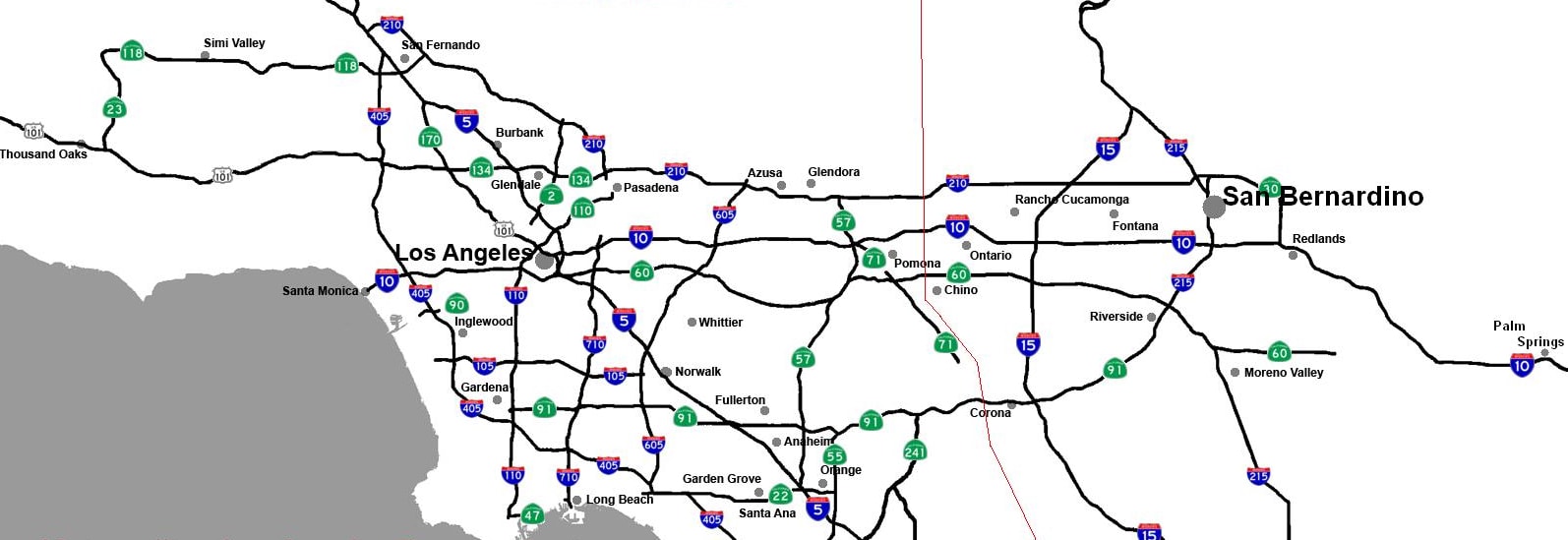
Mayor of Pasadena, Horace Dobbins, envisioned the California Cycleway, a bike path from Pasadena to downtown Los Angeles – in 1897, during the Great Bicycle Craze. This is the origin of the 9-mile path of the Arroyo Seco Parkway, or "stopless motorway", which opened in 1940. Then, the lanes were demarcated like an Oreo cookie: two outside lands had black concrete while the middle lane had white concrete. From the 1950s to the 2010s, this was called the Pasadena Freeway, now better known by millennials as "The 110".
World War II seems to be a major springboard for more Los Angeles’ freeway history. The urban legend is that Hitler realized the practicality of a Reichsautobahn for his blitzkrieg plans. California’s State Senator Randolph Colliers and Assembly Representative Michael Burns, in the 1947 Collier-Burns Act, established a state financing system through gasoline and vehicle taxes. Then general-turned-president Eisenhower pushed through the 1956 Federal Aid Highways Act.
Next came The 101, The 5, The 210, The 405, The 10, and The 105. And such evolution will continue – despite some occasional bursts of citizen outrage.
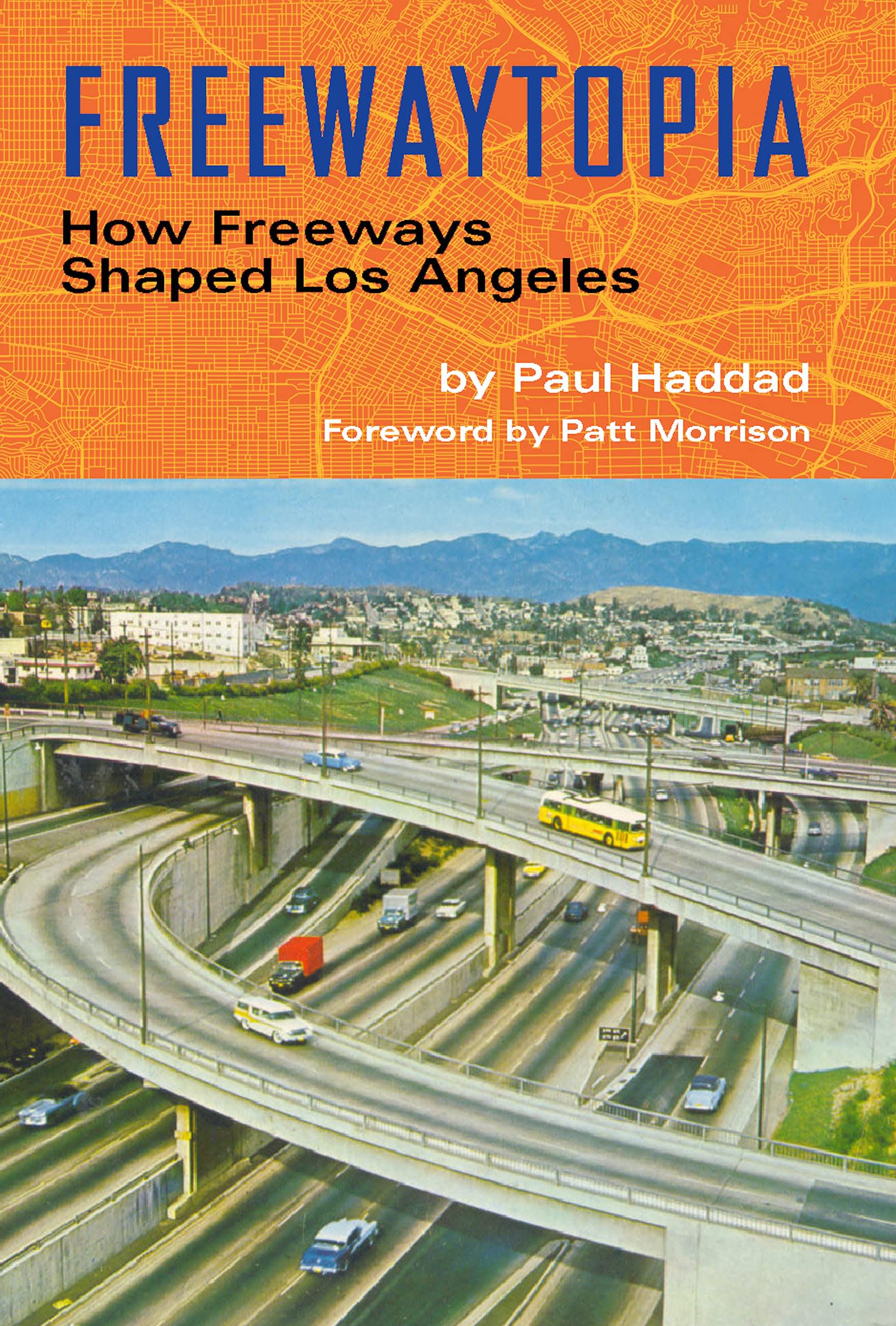
Another paradox is that Paul Haddad’s previous book was 10,000 Steps a Day in Los Angeles (2015). Haddad obviously is an Angelino. Like the rest of us Angelinos, we are a mess of contradictions and inconsistencies. We want to live in a quiet neighborhood but five minutes from Starbucks and Walmart. We want access to beaches and the opera but have no idea who all these "others" are on our freeways. Does the air we share create mass psychosis?
About The Author

Susie Ling is an Associate Professor in the Social Sciences Division of Pasadena City College, where she teaches history. In addition to amassing hundreds of oral histories in the Southern California region, she's been a long-time contributor to LACar - with articles spanning from vehicle reviews to historical insights about Los Angeles.

